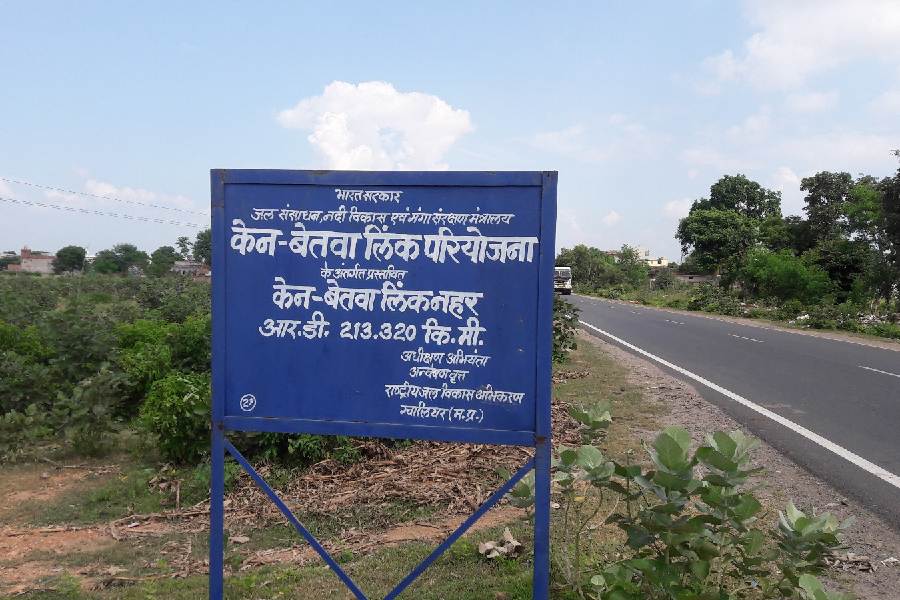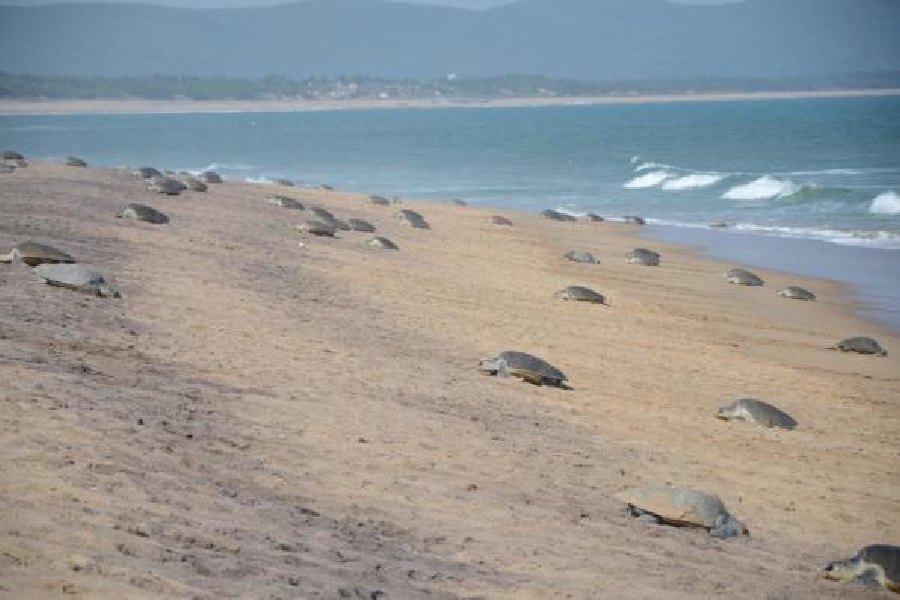The death toll in the violence linked to the Citizenship Amendment Act (CAA) that has gripped northeast Delhi went up to 24 on Wednesday even as a curfew was imposed in the four affected areas late on Tuesday.
According to GTB Hospital authorities, the number of injured now stands at 189, however, the situation at the hospital 'seems to be settling'. Two deaths were reported from LNJP Hospital on Wednesday, taking the count of people killed in the protest to 24.
On Tuesday, the death toll was 13.
Earlier, at least four bodies were brought to the Guru Teg Bahadur (GTB) Hospital from the Lok Nayak Jai Prakash Narayan Hospital (LNJP) Hospital, a senior official said.
Later, while interacting with reporters, GTB MS said, from Tuesday midnight it is a 'trickle of patients and not a gush of injured persons as was earlier'.
These patients have several kinds of injuries, including from gunshots, many sustained trauma from jumping from rooftops to escape violence, many received head injuries, he said.
'We are fully prepared with doctors, nurses, paramedics, consumables, linen and other paraphernalia and and hoping that the situation won't worsen from here,' he said.
Asked if the victims have been identified, Kumar sad, 'Many people have been identified, some are yet to be'.
Kejriwal writes to Shah, asks for Army intervention
Chief minister Kejriwal said the situation has become 'alarming', adding that he is writing to Union home minister Amit Shah.
'I have been in touch with large no. of people whole nite (night). Situation alarming. Police, despite all its efforts, unable to control situation and instil confidence (sic),' Kejriwal tweeted.
'Army shud (should) be called in and curfew imposed in rest of affected areas immediately. Am writing to Hon'ble HM to this effect,' he added.
Violence rages on Tuesday
After Monday night, incidents of arson, tension had smouldered in the national capital and on Tuesday, streets in several localities like Chand Bagh, Bhajanpura, Gokulpuri, Maujpur, Kardampuri and Jaffrabad saw pitched battles between the members of two groups who also hurled petrol bombs and opened fire.
National Security Advisor (NSA) Ajit Doval late last night also took stock of the situation, sources said.
Many residents alleged that the police did not act when they were attacked — a charge that had been levelled when a spate of lynchings had reared its head after 2014 and when riots had engulfed Gujarat in 2002.
Late at night, reports came in that shanties in Mustafabad had been set ablaze and ambulances were being blocked.
The curfew has been imposed in the Maujpur, Jaffrabad, Chand Bagh and Karawal Nagar areas in northeast Delhi.
The Delhi government said at night that all schools in the northeast zone of the capital will be closed on Wednesday.
Groups armed with petrol bombs, sticks and rods roamed Maujpur, beat up people and vandalised homes and shops on Tuesday. Reports of fresh incidents of stone-pelting and arson came in from the Maujpur-Babarpur and Shivpuri areas.
The police were absent at several places, residents complained. Later, a senior officer said about 3,500 police and paramilitary personnel had been deployed.
Groups opposed to and supporting the citizenship act blamed each other for the fresh violence, accusing each other of hurling stones on Tuesday morning.
Union home minister Amit Shah on Tuesday afternoon held a meeting to discuss the situation. Senior officials, chief minister Arvind Kejriwal, commissioner of police Amulya Patnaik and Congress leader Subhash Chopra were among the participants.
The home minister appreciated the participation of all parties and urged them to exercise restraint and rise above party lines to tackle the situation, a ministry official said.
But later in the day, BJP leader B.L. Santosh called for a harsh response, tweeting: “Jaffrabad Metro protest area totally cleared. Time to enforce law in its entire spirit. Rioters need to be taught a lesson or two of Indian laws.”
The police have persuaded the protesters at Jaffrabad, mostly women, to vacate the site after curfew was announced. The start of the violence is blamed on a procession led by a BJP leader to oppose the Jaffrabad vigil against the CAA.
Eyewitnesses in Jaffrabad said several young men armed with iron rods and stones chanted “Jai Shri Ram”. Shops, cars and e-rickshaws belonging to the minority community were set ablaze in Maujpur and Ghonda while the police looked on, some residents said. The crowd assaulted youths who were taking photos of the arson.
Pieces of stones, bricks and glass shards lay strewn on the road and plumes of smoke billowed from houses, shops and vehicles that were torched in Maujpur. Huge clouds of smoke billowed from a tyre market that had been set ablaze.
“Targeted attacks on Muslim households were carried out and shops were set ablaze. People are living in fear and many of them are shifting to safer locations and Muslim ghettos in other parts of Delhi,” an eyewitness said.
The violent crowd, he said, shouted incendiary slogans and set on fire several fruit carts, rickshaws and anything that stood in their way in Maujpur and other adjoining areas.
The violence overshadowed the concluding day of President Donald Trump’s visit, and international media recalled the Gujarat riots of 2002.
“This kind of communal violence has left a lasting mark on Mr. (Narendra) Modi’s legacy. In 2002, when he was the chief minister of Gujarat State, sectarian riots left more than 1,000 people dead — almost 800 of them Muslims who were killed by Hindu mobs,” The New York Times reminded its readers.
“He and his state government were accused of quietly ordering the police to stand by as the violence raged,” the newspaper said, adding that Modi had denied the charges and a panel for the Supreme Court had found no evidence to charge him.











